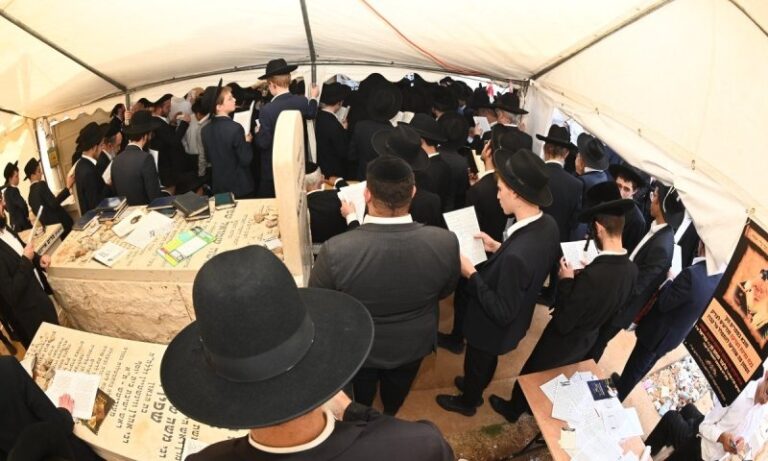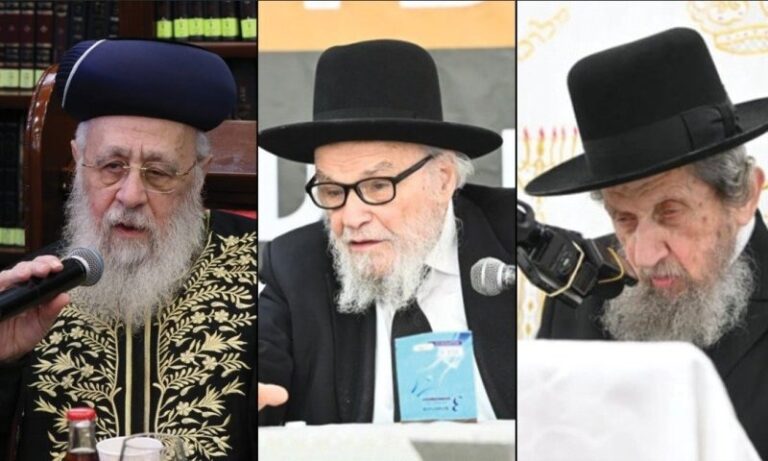I feel compelled to address Yosef Stolz’s recent mailbag about the Shatnez testing process and costs, as well as comments made by others about its halachic obligations.
Rabbi Stolz mentioned “50 to 100 places to check for Shatnez” in a suit. I must respectfully disagree with this figure. My training in practical Shatnez testing took place in Lakowood over 40 years ago, and it was based on both learning the halachos and hands-on practice. At that time, we were taught to check 11 primary locations in a typical suit:
- Jacket: Each shoulder (2), button thread (1), buttonhole thread (1), inner lining or stiffener (2), any fancy stitching (2), and the collar (1).
- Pants: Two locations in the waistband or lining.
Times may have changed, but when I had a suit checked just a month ago, the process was consistent with this method. It’s worth questioning whether this significant increase in check points is really necessary.
I also want to address the claim made by commenter “Frumnotyeshivish” that “paying for Shatnez checking is halachically optional in 90%+ of cases.” This view contrasts sharply with what I learned while in kollel. When we posed this question to Rav Tuvia Goldstein zt”l of Brooklyn, he unequivocally stated that there is a Rabbinical obligation to check for Shatnez, even though most suits do not contain it. Halacha requires us to verify that our clothing is free of Shatnez, as relying on chazakah or rov is insufficient in this case.
Additionally, the individual who trained me emphasized an important point: the absence of Shatnez in one batch of suits does not guarantee the same for others. During production, manufacturers often substitute materials when the original supply is depleted. Thus, a store’s assurance that previous suits were Shatnez-free cannot be relied upon for future purchases.
In conclusion, it’s critical for individuals to consult their own rabbanim regarding Shatnez testing. The process, its halachic significance, and the associated costs are not matters to dismiss lightly.
Sincerely,
Zalman Rosenthal
The views expressed in this letter are those of the author and do not necessarily represent those of YWN. Have an opinion you would like to share? Send it to us for review.












3 Responses
“Halacha requires us to verify that our clothing is free of Shatnez, as relying on chazakah or rov is insufficient in this case.”
How do you answer the fact that Shatnez laboratories only came into existence in the mid 1900’s? Was klal Yisroel just oiver an issur d’oraisa for thousands of years?
Obviously, chazakah/rov were sufficient. The burden of proof in convincing people that this stopped being the case falls on shatnez checkers, and I don’t see you even trying. You just state these things like they’re pashut as if there’s no chiddush in the invention of shatnez checking.
The people who would accept “my rabbi in Lakewood said so” as a valid answer are not the people you need to be convincing.
Whatever the argument, if something is too expensive for you, try a different provider. I just took a suit for shatnez testing at a reputable place that’s been doing it for over 20 years. Paid $6. I think that’s cheap enough 🤷♀️
At a point where so much comes from China, or other places notorious for quick fixes and cheap substitutes, it is unfortunately very common for threads and fabrics to be replaces with cheaper, possibly shaatnez substitutes. Relying on chazaka is clearly not the same now as it was when everything was made by a local tailor, where he actually used what he said he was using.